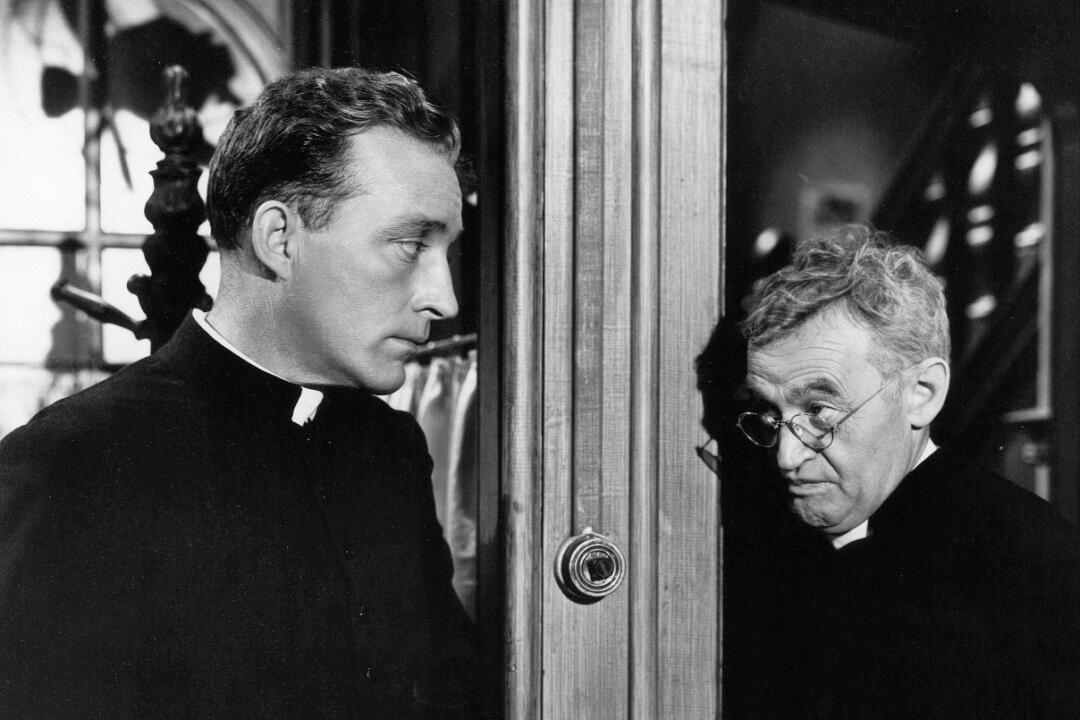Celebrating all things Irish on St. Patrick’s Day can mean more than leprechauns and green beer. The Feast of St. Patrick is a religious holiday honoring the Irish faith, not “plastic Paddy” commercialism. One film that honors Irish traditions and faith is Leo McCarey’s 1944 “Going My Way.” This movie centers on two Irish priests of a New York City parish who disagree on issues of formality while struggling to save their church. It shows how faith can make life “bright and beautiful.”
Father Charles O’Malley (Bing Crosby) arrives in town as the new assistant pastor at St. Dominic’s. After finally finding the church, he meets Father Fitzgibbon (Barry Fitzgerald), a stubborn older priest whom he immediately displeases. Father O’Malley came to St. Dominic’s to help its failing finances, since it has a hefty mortgage and a heartless landlord (Gene Lockhart).






